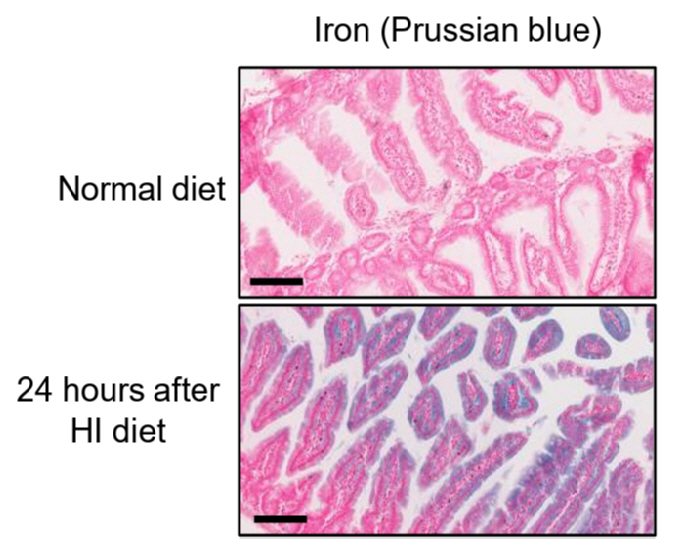Identify the principle of normal tissue protection in the latest radiation therapy FLASH
Oct 29, 2025
|
The research team of researchers Lee Ik-jae, a professor of radiation oncology at Yonsei Cancer Hospital, and Namil-young and Kim Ji-young announced on the 28th that the higher the iron concentration in the tissue, the more normal tissue destruction when treated with FLASH.
The findings were published in the international journal Cell Death and Disease (IF 9.8)'.
Radiotherapy, which has become a standard cancer treatment, has the side effect of attacking tumors and causing damage to normal tissues. Next-generation technologies that reduce these side effects include baryon therapy using carbon ions and FLASH therapy, which irradiates ultra-high-dose radiation for a short period of time.
FLASH treatment is a treatment that increases the dose given to patients by increasing the speed of delivery to patients while using the same radiation as conventional treatment. It ends in less than a second, unlike the previous investigation that took several minutes. At this time, the protective effect of normal tissue can be observed, but the reason for this is not clear.
The research team analyzed the difference by performing FLASH treatment and conventional X-ray radiation treatment on normal mouse tissues and tumors, respectively.
Both radiations caused 'iron-dependent apoptosis' in tumors. Iron-dependent cell death is a method in which active oxygen caused by radiation meets iron to produce lipid peroxidation, oxidizing the cell membrane, killing the tumor.
There was a difference in normal tissue. Conventional radiotherapy caused iron-dependent apoptosis, as did tumors in normal tissues, but FLASH treatment did not produce iron-dependent apoptosis.
To determine whether iron is a key factor in FLASH treatment in normal tissue protection, a high-ferrous diet was applied to mice. Normal tissues of mice high in iron intake experienced a rapid increase in lipid peroxidation after FLASH treatment, resulting in the disappearance of protective effects and damage.
Professor Lee Ik-jae said, `This study is significant in that it is the first to suggest that the normal tissue protection effect of FLASH treatment is dependent on biological factors such as iron concentration in tissues.'"In establishing a patient-specific radiotherapy strategy, we have important clinical implications for considering iron metabolism by tissue."
|
This article was translated by Naver AI translator.















